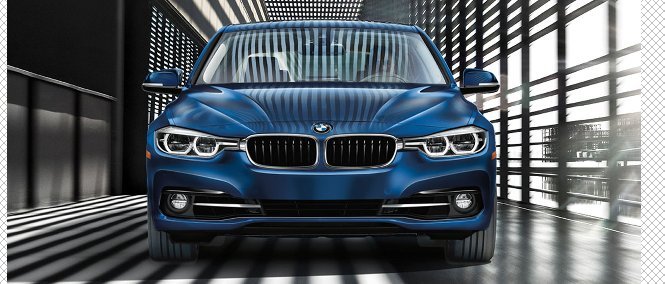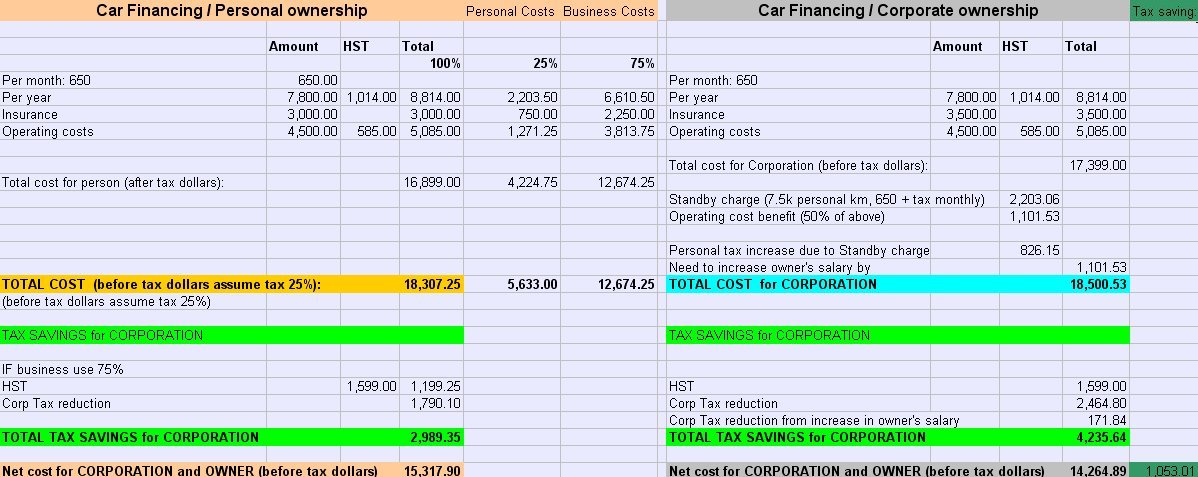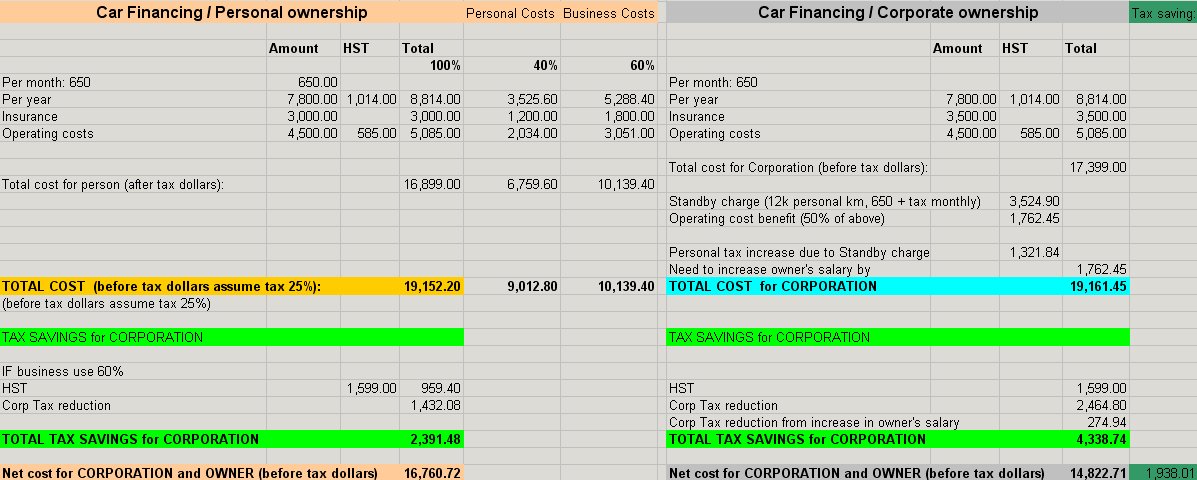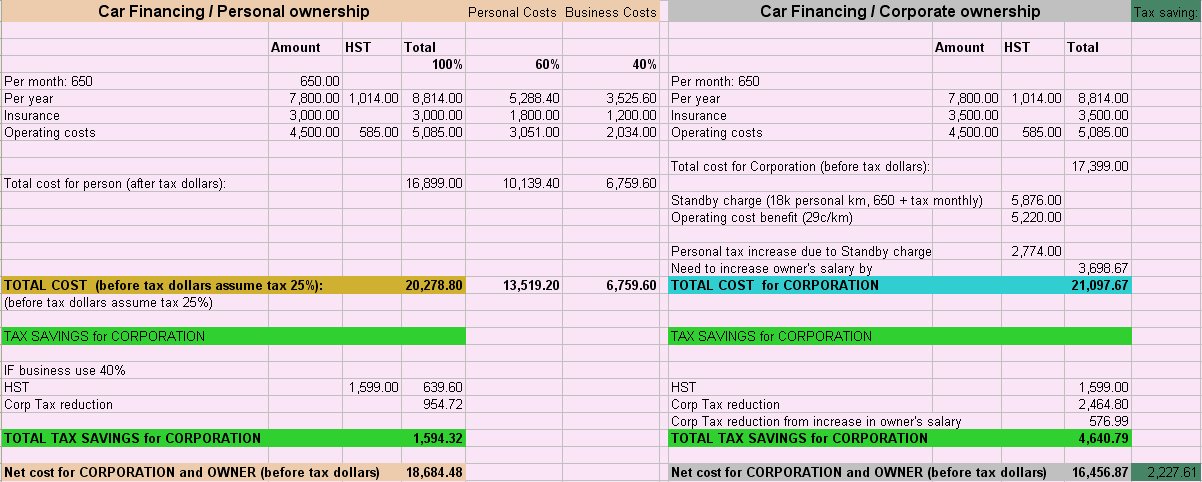Important notice(1):
The information above may reflect a subjective interpretation by the author(s), who, by no means may accept
any responsibility or liability whatsoever for the results of proper or improper use of the
above information, whole or in part, it as well is explicitly stated that whatever information provided by authors,
may not suit specific purpose of specific reader, and it alone may not be relied upon to produce decision.
In each individual case professional advice must be obtained.
Important notice(2): This text is subject to copyright (c)
legislation and may not be reproduced, whole or in part without
author(s) written permission.





